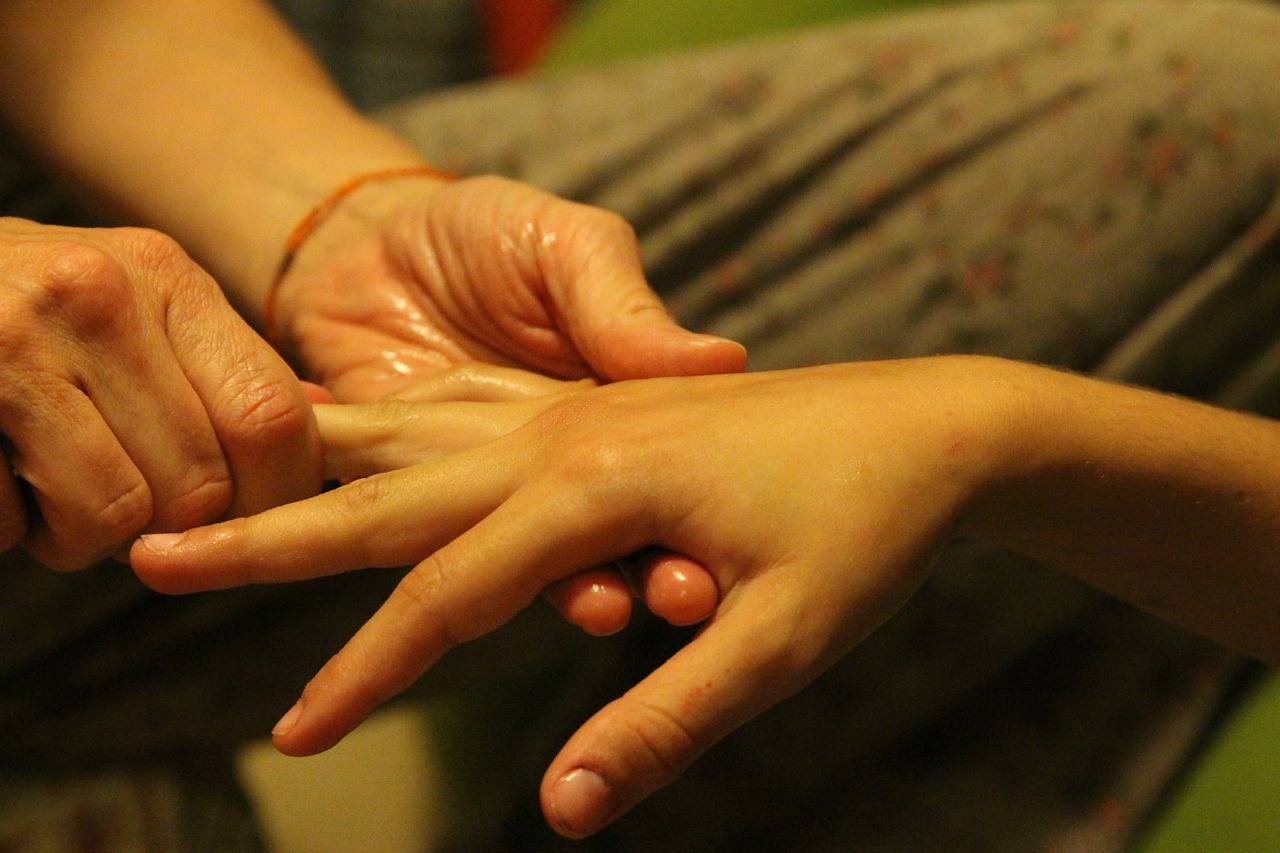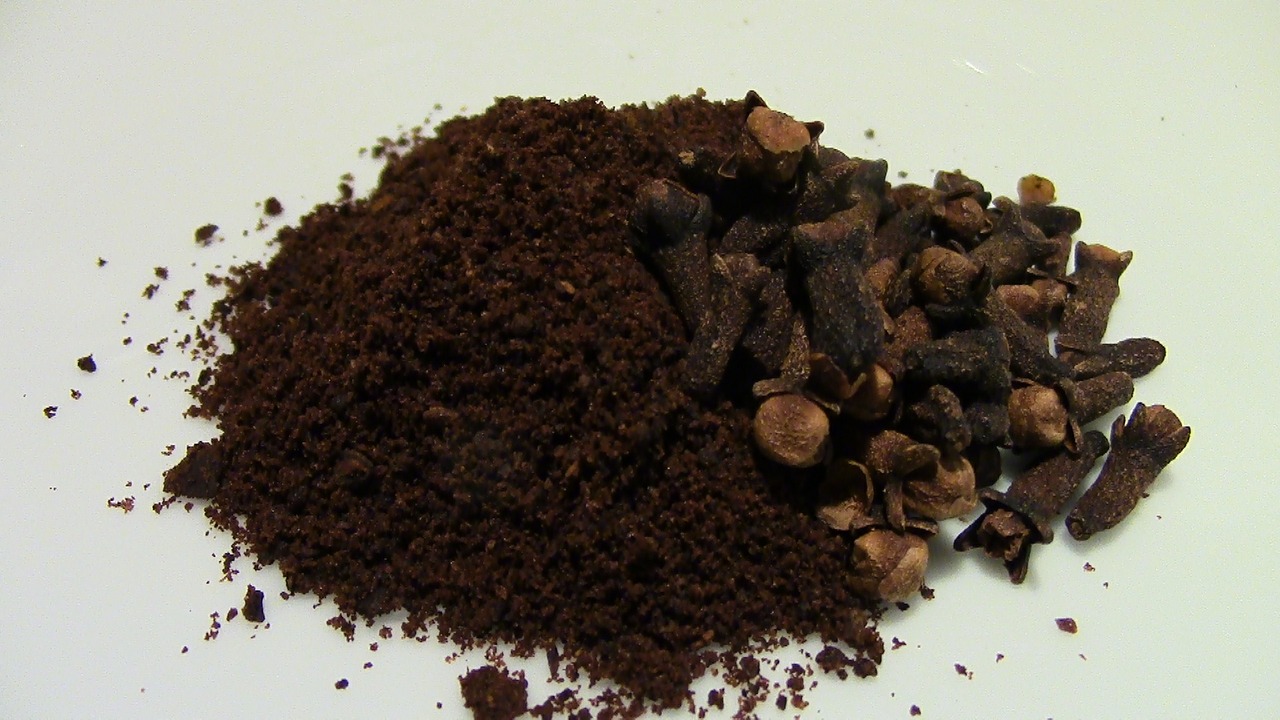
An Herbal Perspective On Managing Pain Using Herbs
How does an herbalist use herbal theory when managing pain using herbs?
Most of the time, people tend to think of pain as a simple experience, one that is isolated within itself. We think to ourselves that “the problem is that I am in pain,” rather than “pain is a signal of something else.” Over the counter medications have conditioned us to think this way—if it hurts, there’s a pill for it. The details don’t matter.
However, you can’t really take that track with herbs and expect to get the best results. You need to learn to think like an herbalist. That means learning to think in terms of the whole body, learning to focus on what the body is trying to communicate, and assessing the person experiencing the pain.
So, if we are thinking about the body and about the person instead of just about the pain, then where do our analytical skills lead us? What is the body trying to express?
3 Assessment Areas for Managing Pain Using Herbs

1. Location of Pain
In Western herbalism, some types of pain are seen as arising in several important areas in the musculoskeletal system.
These terms are parallel to medical descriptions in some cases because Western herbalism was greatly influenced by the Eclectic physicians and other turn-of-the-century doctor-herbalists in the late 1800s. Modern clinical herbalists also continue to use these descriptions since they may be working closely with medical professionals.
These terms include:
- Rheumatic: this type of pain occurs in muscles and connective tissues
- Arthritic: pain that arises in the joints
- Neuralgic: pain that is associated with a problem in the nerves
Herbalists also observe that some types of pain can be associated with tension (such as some types of headaches or neck and back pain) or cramping (as with back spasms or menstrual cramps).
Some types of pain can also signal that a specific organ system is out of balance (such as pain in the lower back, which can signal a problem with the kidneys).
2. Cause of Pain
When considering a client’s particular situation, it’s also helpful to consider the origin of the imbalances in the body which are leading to pain and not just the location of the pain.
Misalignment in the musculoskeletal system itself can lead to some types of pain, but other culprits can be infectious, metabolic, or constitutional at their root (Hoffmann, 2003). An example of a metabolic imbalance that leads to pain is when uric acid accumulates in a joint and causes pain and inflammation. Constitutional problems that lead to pain can include genetic predispositions, or more closely mirror an herbal view of constitutional body types (i.e., too much “Heat” and overall inflammation present in the body).
In Eastern medicine, pain is sometimes viewed as blocked, stagnant, or imbalanced Qi. During intake with a client, a practitioner will often ask detailed questions about the quality of pain (Kapchuk, 2000). This energy-based approach looks in detail at how the client experiences pain to determine where an imbalance might be occurring.
Some energetic imbalances and the types of pain associated with them include:
- Is the pain relieved by heat? This can indicate pain caused by Cold.
- Is the pain relieved by cold? Too much Heat in the body may be the culprit.
- Does pressure make it feel better? This can be a Deficiency sign.
- What about pain that feels worse with pressure? Pain worse with pressure may be a sign of Excess.
- Is there a sensation of heaviness? Too much Dampness can cause pain that also feels heavy.
- Does the pain feel sharp and stabbing? This can be a signal for congealed Blood.
- Does the pain move from place to place? Stagnant Qi or Wind can cause pain that moves.
- Is fatigue present? If tiredness goes hand in hand with the pain, it can be a sign of Deficient Qi.
3. Classes of Herbs Traditionally Used for Pain

Very few herbs relieve pain in the sense that we are familiar with in OTC medications. Instead, it’s best to assist the body with whatever process is causing distress and help the body find balance.
From an Eastern perspective, you can match herbs based on the energetic nature of pain mentioned above. So, if pain has qualities that indicate an imbalance of Cold, warming herbs would be chosen. If Deficient Qi is suspected, then herbs that build the Qi make sense. Other herbs have actions such as expelling Wind, draining Dampness, or moving the Blood.
For now, let’s examine some of the Western categories of herbs that can be useful in a holistic approach to pain.
There are several different categories of herbs that can be used to assist with rebalancing the body.
- Analgesics: this is as close as herbs come to OTC pain relievers. These include Filipendula ulmaria, Piscidia erythrina, Salix alba, and Valeriana officinalis.
- Anti-inflammatories: these herbs are either energetically cooling or high in antioxidants that can help bring balance to an inflamed system. Curcuma longa is an example.
- Anti-spasmodics: When the root cause of pain is tension or spasms, antispasmodics may offer the best support. Valeriana officinalis and Cimicifuga racemosa are examples.
- Lymphatics: When pain is accompanied by a build-up of immune system fluids or pus, lymphatics such as Galium aparine may be helpful. They encourage the healthy movement of wastes and fluids around injuries and lymph glands. In some cases, these herbs can be thought of as herbs that drain dampness if you are considering an Eastern approach.
- Rubefacients: herbs that increase blood flow by topical irritation, such as Capsicum annuum, Zanthoxylum americana, Urtica dioica (when used fresh), Mentha piperita, and Zingiber officinalis. Our recipe for warming ginger cayenne salve is a good example of this.
Some other categories of herbs can assist either directly or indirectly by supporting the emotional response to pain or other aspects of the nervous system.
These include:
- Hypnotics: herbs that help promote deep and restful sleep. Artemisia vulgaris and Matricaria recutita, and Humulus lupulus are examples.
- Nervines: Nervines are a broad category of herbs that offer beneficial support to the nervous system in some way. Many herbs in the categories above can also be included in this category, but several nervines are especially valued for their analgesic abilities. Hypericum perfoliatum and Arnica montana are examples of nervines also valued for their analgesic abilities.
- Anxiolytics: calming herbs for anxious people, such as Passiflora lutea.
It’s important to remember that individual herbs may belong in multiple categories and that there are many other herbs that may be appropriate but aren’t listed here.
An Herbal Approach to Managing Pain Using Herbs
Herbs cannot be used to cure or treat disease, only to offer comfort, ease tension, and bring balance, and herbalists cannot diagnose- we can only help to educate our clients about the ways herbs can be used to support wellbeing. Because pain is the body’s warning system (Hoffmann, 2003) it’s important for clients to seek out a doctor first.
The complexity and subtlety of herbs make them a valuable addition to holistic wellness toolkit, especially if we take the time to approach them as part of a framework that considers the whole body and not simply the experience of pain itself.
We invite you to learn more about the problem of pain and other complex clinical herbalism topics by joining us in the Advanced Herbal Course.
REFERENCES
Hoffmann, David. Medical herbalism: the science and practice of herbal medicine. Rochester, VT: Healing Arts Press.
Kaptchuk, Ted. (2000). The web that has no weaver: understanding Chinese medicine. New York, NY: McGraw Hill.
Shane, Corey Pine. (2016). Herbs for pain. Blue Ridge School Press.








